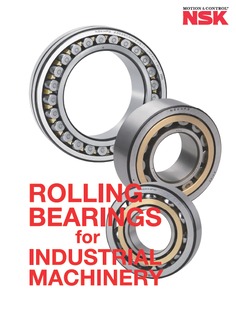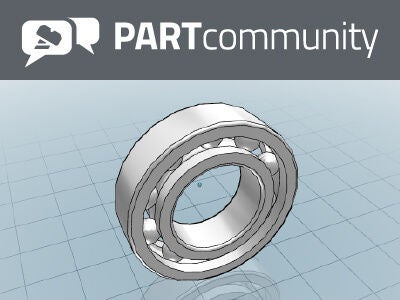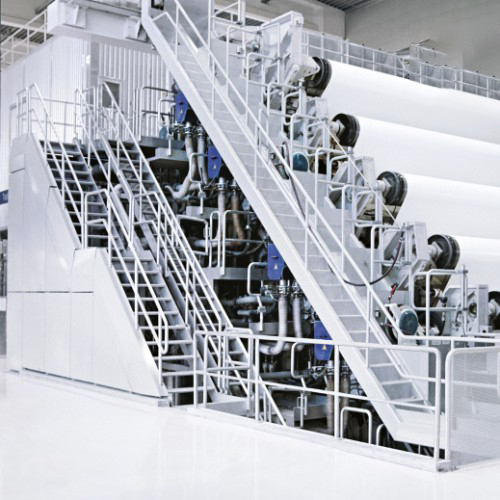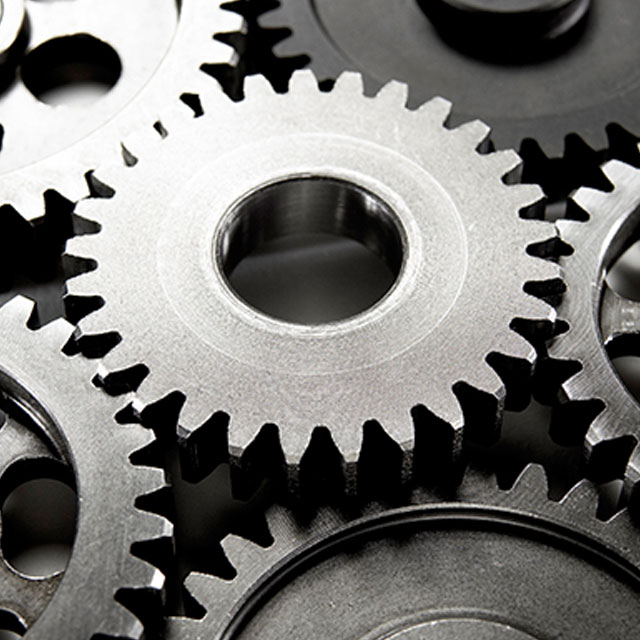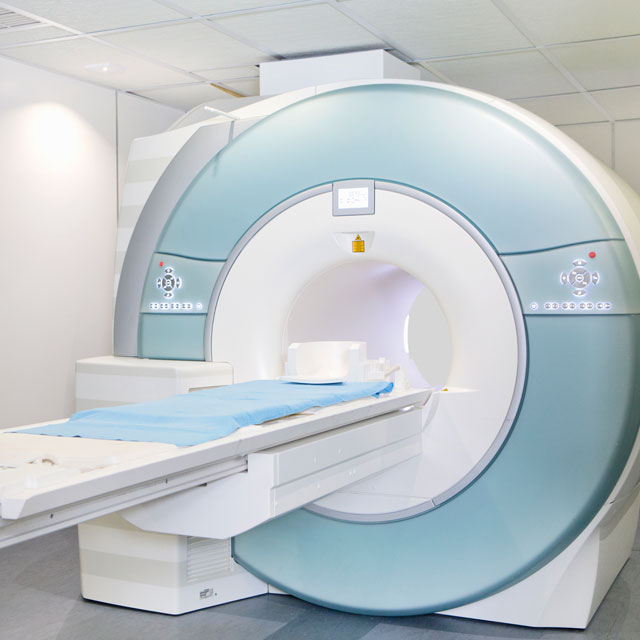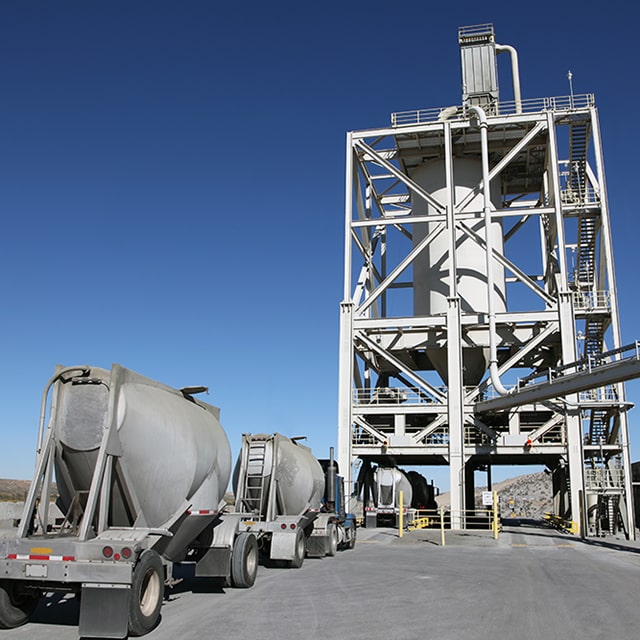Self-Aligning Ball Bearings
Overview
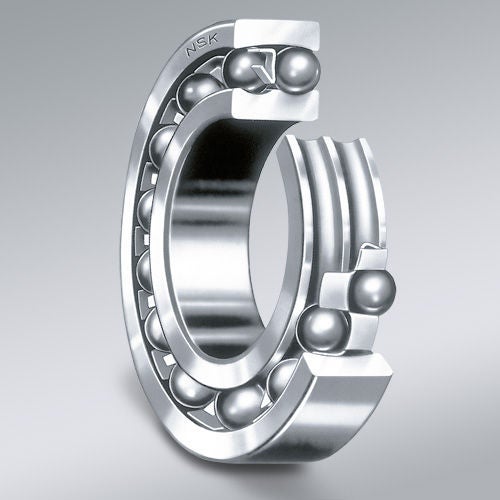
Self-aligning ball bearings are recommended for applications where aligning the shaft and housing is difficult or where the shaft may bend, such as transmission shafts. The outer ring has a spherical raceway and its center of curvature coincides with that of the bearing, allowing the axis of the inner ring, balls, and cage to rotate freely around the bearing center. Pressed steel cages are typically used for this type.
Since they have a small contact angle, self-aligning ball bearings have low axial load capacity. Permissible dynamic misalignment is approximately 0.07 to 0.12 radian (4 to 7 degrees) under normal loads; however, such angles may not be allowable depending on the surrounding structure.
Features
- Correct for misalignment
The inner ring, balls, and cage rotate freely around the bearing center, allowing permissible dynamic misalignment of about 0.07 to 0.12 radian (4 to 7 degrees) under normal loads. - Ideal for difficult mountings
Self-aligning ball bearings suit applications where shaft bending occurs and where it is difficult to align the shaft and housing (transmission shafts, etc.)
Applications
- Gearboxes/speed reducers
FAQs
Catalogs
Search our full listing of catalogs for more details.
2D/3D CAD Data
Download 2D & 3D CAD model files and spec. sheets for NSK products through PARTcommunity.
This free service is provided by CADENAS GmbH.

